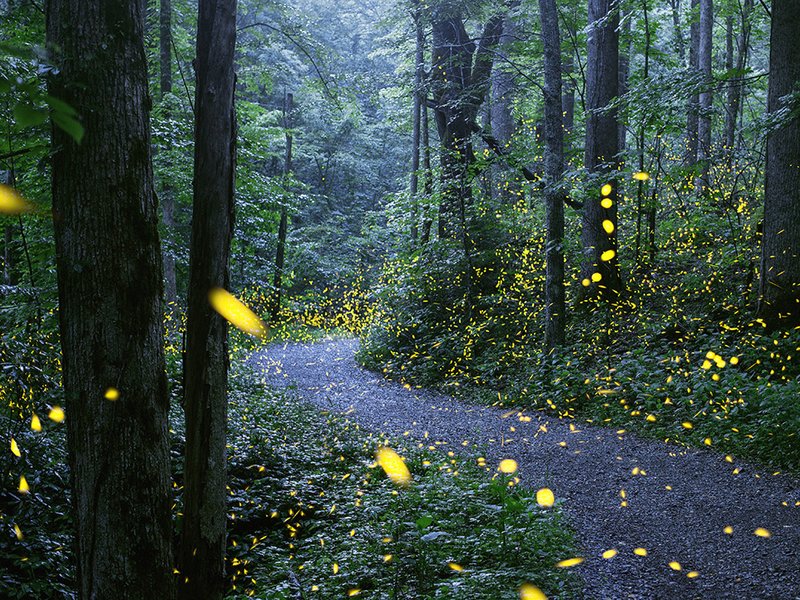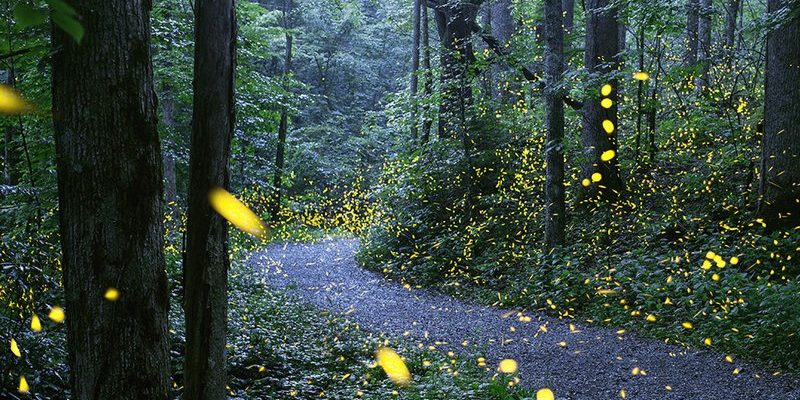
Imagine walking through a lush garden at dusk, watching fireflies flicker around you. They glow either to attract mates or as a defense mechanism against predators, almost like a secret language of light. Sadly, these dazzling displays are just one part of their complex life. Let’s dive deep into the world of fireflies, exploring who’s out to get them and what hazards they face in both natural and human-altered environments.
Natural Predators of Fireflies
Fireflies may look harmless with their gentle glow, but several predators have developed a taste for them over time. Birds, for instance, are one of the primary threats. Species like sparrows and starlings tend to swoop down on these glimmering insects, often snatching them right out of the air. The vibrant light that makes fireflies so captivating isn’t just alluring to us; it draws in potential predators, too.
Here’s the thing: fireflies’ luminescence isn’t just for show—it also serves as a warning. Some species of fireflies are toxic, which the birds learn over time, sparing them from becoming a regular meal. This interesting twist of evolution shows how nature finds a way to balance itself.
In addition to birds, various insects also pose a threat to fireflies. For example, spiders are notorious for waiting patiently in webs, capturing unsuspecting fireflies as they flit by. Then there are praying mantises, known for their striking appearance and ferocious feeding habits. Just imagine being a firefly, blissfully glowing in the evening air, only to find yourself snared by a hungry mantis. It’s a harsh world out there!
Habitat Loss and Urbanization
One of the most concerning threats to fireflies isn’t just their predators but also the loss of their natural habitats. As cities expand and forests shrink, fireflies lose the warm, damp conditions they thrive in. Urban areas often replace these ideal habitats with concrete and buildings. Think about it: a busy metropolis might not have the lush gardens and moist fields that fireflies need for breeding and survival.
You might be wondering why this matters. Fireflies require specific environments to lay their eggs, typically in moist soil or decaying leaves. Without these habitats, their populations decline drastically. This is why preserving green spaces in urban areas is so crucial. A small park can become a sanctuary for fireflies, aiding in their survival against both natural predators and urban expansion.
Light Pollution’s Impact
Another major player in the decline of fireflies is light pollution. We might love our brightly lit cities, but all that artificial light messes with the fireflies’ communication system. Their glow is meant to attract mates, but excessive outdoor lighting can drown out their signals, making it harder for fireflies to find each other.
Imagine trying to send a text message in a room full of blaring alarms; it’s frustrating and confusing, right? That’s exactly how fireflies feel amid glaring streetlights. This disruption can lead to reduced mating success, ultimately affecting their population. It’s a reminder that sometimes, less is more—especially when it comes to outdoor lighting during firefly season.
Pesticides and Chemical Threats
Pesticides are another huge threat to fireflies. While they’re designed to eliminate pests, they can inadvertently harm fireflies and other beneficial insects. For instance, chemicals like neonicotinoids can affect their nervous systems, making it difficult for them to survive or reproduce. This is especially concerning for both adult fireflies and their larvae, which spend much of their lives in the soil.
To illustrate, imagine walking through a garden draped in beautiful flowers, only for the vibrant ecosystem around you to be painted over with harsh chemicals. This not only endangers fireflies but can also decimate entire insect populations, disrupting the balance of nature. Advocating for natural pest control methods can help preserve firefly populations and promote a healthier environment.
Climate Change and Its Effects
As if fireflies didn’t have enough to worry about, climate change adds another layer of risk. Changes in temperature and precipitation patterns can disrupt their mating and breeding cycles. For example, if spring comes too early, fireflies might emerge before their food sources are available, leading to starvation.
This situation can create a domino effect. Altered weather patterns may drastically affect the ecosystems that support firefly populations. It’s essential to recognize how interconnected nature really is. By prioritizing climate action, we can help mitigate these effects and provide a brighter future for these enchanting creatures.
Conservation Efforts to Protect Fireflies
Thankfully, various organizations and individuals are working to protect fireflies from these threats. Conservation efforts often focus on habitat restoration, promoting awareness of light pollution, and advocating for reduced pesticide use. Community initiatives, like creating firefly-friendly gardens, are becoming increasingly popular, showing just how much can be done on a local level.
Getting involved in local conservation efforts or simply educating ourselves and others about fireflies and their needs can go a long way. For instance, planting native plants in your garden can help provide food and habitat for fireflies. You might even consider dimming outdoor lights during their peak seasons to help these creatures thrive.
In conclusion, fireflies might seem like little sparks of joy on warm nights, but they face numerous threats from both the natural world and human impact. By understanding their predators and the challenges they face, we can take steps to protect these magical insects. So next time you see a firefly flicker, remember there’s so much more to their story—one we can help keep shining brightly.

